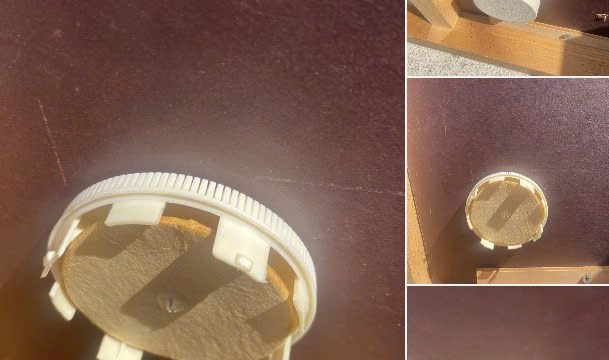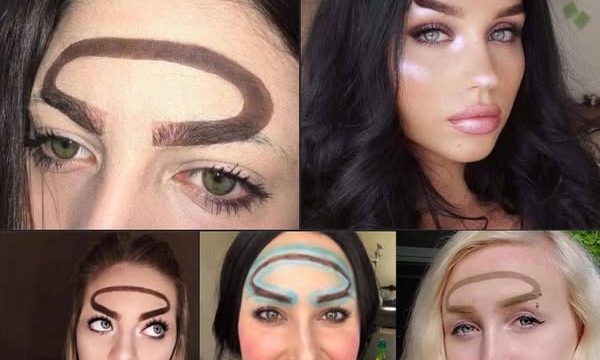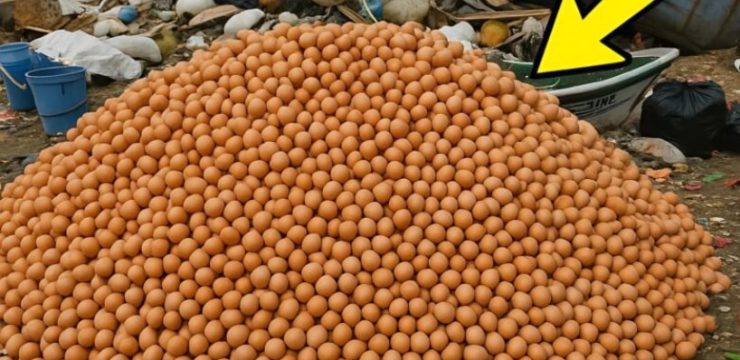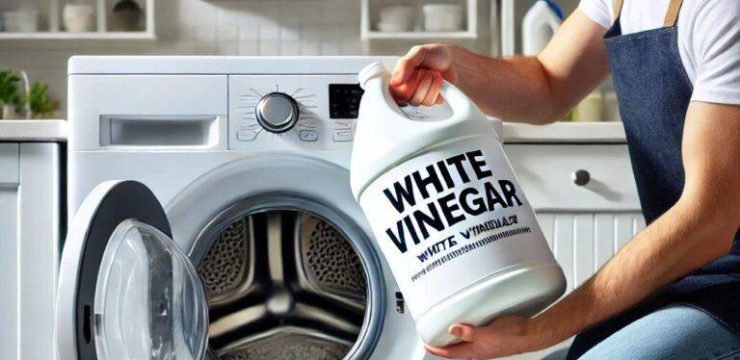Noticing strange yellow drips running down your bathroom walls can be pretty alarming. Your bathroom should be a clean and fresh space, so seeing yellow stains might have you scratching your head. If you’ve encountered this problem, you’re probably asking, “What’s causing this?” Don’t worry, you’re not alone. Let’s explore what might be behind these yellow drips and how to tackle them.
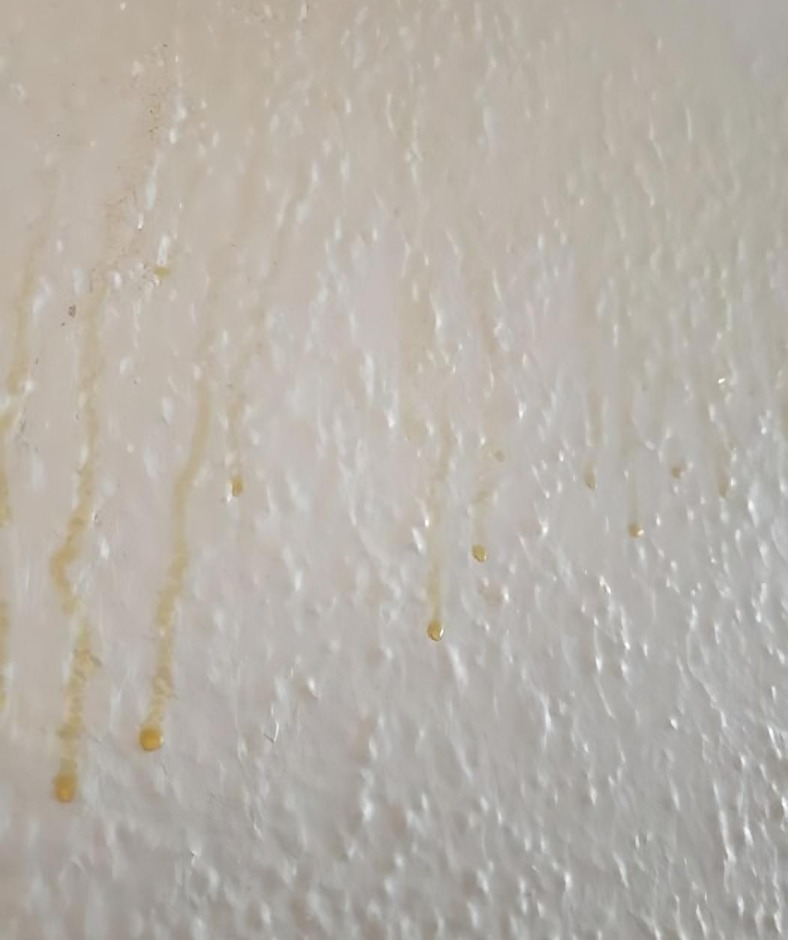
What Exactly Is Mold, and Why Is It Dangerous?
Mold is a common issue in bathrooms, but it’s more than just an eyesore. Mold is a type of fungus that thrives in moist environments, making your bathroom the perfect place for it to grow. When mold spores find a wet surface, they quickly latch on and multiply. While you may think mold is harmless, certain types can pose serious health risks. Mold can trigger allergies, respiratory problems, and even lead to chronic health issues if left untreated. That’s why it’s essential to address it early.
If the yellow stuff on your bathroom walls comes with a musty smell or if you notice your allergies flare up when you’re in the room, it could very well be mold. Bathrooms are warm, humid, and often poorly ventilated—ideal conditions for mold to thrive.
Why Does Mold Grow in Bathrooms?
Mold growth in bathrooms isn’t surprising, given the amount of moisture that builds up during showers or baths. After a shower, steam rises and clings to surfaces like walls, ceilings, and tiles. Without proper ventilation, that moisture has nowhere to go, making your bathroom a breeding ground for mold.
Mold often hides in places you don’t expect—behind toilets, under sinks, and even on ceilings. Sometimes it shows up as yellow or black streaks. If you’re noticing yellow drips, mold might already be settling into your walls.
Yellow Drips: What Could Be the Cause?
While mold is a prime suspect, it’s not the only potential culprit for yellow drips in your bathroom. Here are a few other possibilities:
1. Nicotine Stains
If the previous occupants of your home were smokers, nicotine residue might be the reason behind those yellow stains. Nicotine can seep through paint, especially in humid areas like bathrooms. Even if you’ve repainted, nicotine stains can reappear over time as they push through the layers of paint.
2. Soap Scum and Hard Water Deposits
Another possibility is soap scum mixed with hard water deposits. In areas with hard water, minerals from the water can build up on surfaces. When combined with soap residue, this can leave yellowish streaks on your bathroom walls.
3. Yellow Mold and Mildew
Mold doesn’t always appear black or green—it can also be yellow. When mold starts to grow, especially when combined with moisture or soap scum, it may look yellowish. This type of mold can be just as dangerous as black mold, so it’s important to address it as soon as possible.
How to Prevent and Remove Mold in Your Bathroom
Preventing mold is key to keeping your bathroom clean and free from yellow stains. Here are a few simple tips to help:
1. Improve Ventilation
Proper ventilation is crucial in preventing mold. Open windows, use exhaust fans, and leave the bathroom door open after showering to let moisture escape. Reducing the humidity in your bathroom will make it less hospitable for mold.
2. Wipe Down Surfaces
After taking a shower, take a few minutes to wipe down walls and surfaces where moisture collects. This small habit can go a long way in preventing mold growth.
3. Use Mold-Resistant Paint
If you’re planning to repaint or renovate your bathroom, consider using mold-resistant paint. This type of paint is designed to prevent mold from sticking to and growing on walls.
4. Clean Regularly
Regular cleaning is essential in preventing mold. Focus on the shower and bathtub areas, using cleaning solutions specifically designed for bathrooms and mold prevention.
How to Clean Mold Properly
Already dealing with mold on your bathroom walls? Here’s how to get rid of it effectively:
1. Use a Bleach Solution
For non-porous surfaces like tiles, a bleach solution works wonders. Mix one cup of bleach with a gallon of water and use this to scrub away mold from affected areas.
2. Try Natural Solutions
If bleach feels too harsh, natural alternatives like vinegar or hydrogen peroxide can also tackle mold. These options are effective and won’t fill your bathroom with chemicals.
3. Wear Protective Gear
Always wear gloves and a mask when cleaning mold. This prevents you from inhaling spores or coming into contact with harsh chemicals.
4. Call in Professionals if Needed
If the mold infestation is severe or extends beyond surface cleaning, it’s best to call in a professional mold removal service. Mold can penetrate deep into walls, and without proper tools and expertise, it’s nearly impossible to fully eradicate.
Conclusion: Don’t Ignore the Yellow Drips
Yellow drips running down your bathroom walls are a clear sign that something’s wrong. Whether the issue is mold, soap scum, nicotine stains, or hard water deposits, it’s crucial to identify and address the problem before it gets worse. Regular maintenance, proper ventilation, and quick action are key to keeping your bathroom mold-free. If you notice yellow streaks, deal with them promptly, and don’t hesitate to seek professional help if the problem escalates.
By staying proactive, you can ensure your bathroom remains a clean, safe, and inviting space—without any unwelcome yellow stains.
